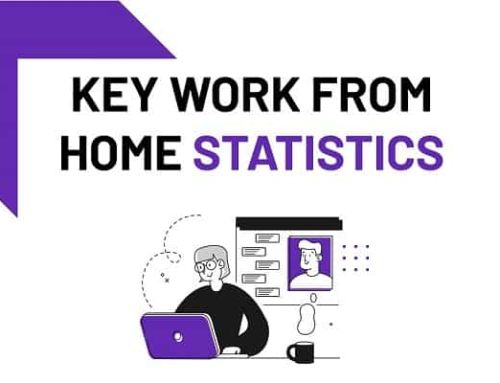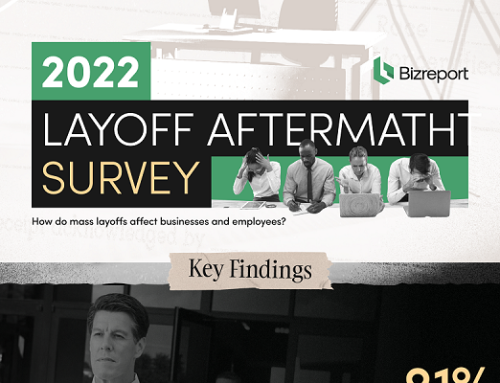In 2015, the employment rate of 20 to 24-year-olds with at least a bachelor degree in the United States was 88.9%, the highest employment rate in their age group. The logic of recruiting graduates is to get them while they’re young and to be able to do that, recruiters and HR professionals need to use every opportunity possible.
How to Get in Touch with Grad Students
One strategy HR professionals can employ is to go where the grad students are and either organize events on campuses or participates in the events the college’s career developments offices organize.
The events companies can organize or sponsor on campuses include panels, debates, and workshops. While these types of events are usually centered on a topic related to the industry the company is in and not the company itself, each event can be preceded by a company presentation.
Colleges can organize events such as on-campus job fairs and on-campus interviews. Both present a great opportunity to HR professionals to get in touch with the latest class of talent. These events are also less demanding on the companies because the bulk of organization and logistics is performed by the colleges.
Companies can organize off-campus events. These events can have the same format as the events companies organize on campus. They can also be held at the companies’ facilities, and give the grad students a chance to see the inner workings of the companies.
How to Quickly Assess Talent
Usually, a grad student will give the HR professional a resume at their first point of contact. If they don’t, it should happen at the next one. Recruiters can get a lot of information about the student from the resume – that’s what resumes are for – but the resume can also give away unintended information about the client. But the graduate students should be prepared before sending the CV: read guides on finding a job, study information about the company and learn more about the position they are applying for.
The things HR professionals should look for in a resume are mistakes. A new infographic from HandMadeWritings lists the common ones, and it would be useful for recruiters to know what to look for.
Some mistakes are benign – adding a photo to a resume can be an honest mistake. But a lack of exact dates of previous employment can look shady. And a resume riddled with typos should be dismissed straight away – it doesn’t take long to clean up a resume, and if a person can’t be bothered to do it, they might not be a good hire. In this case, the devil is in the detail.







Leave A Comment